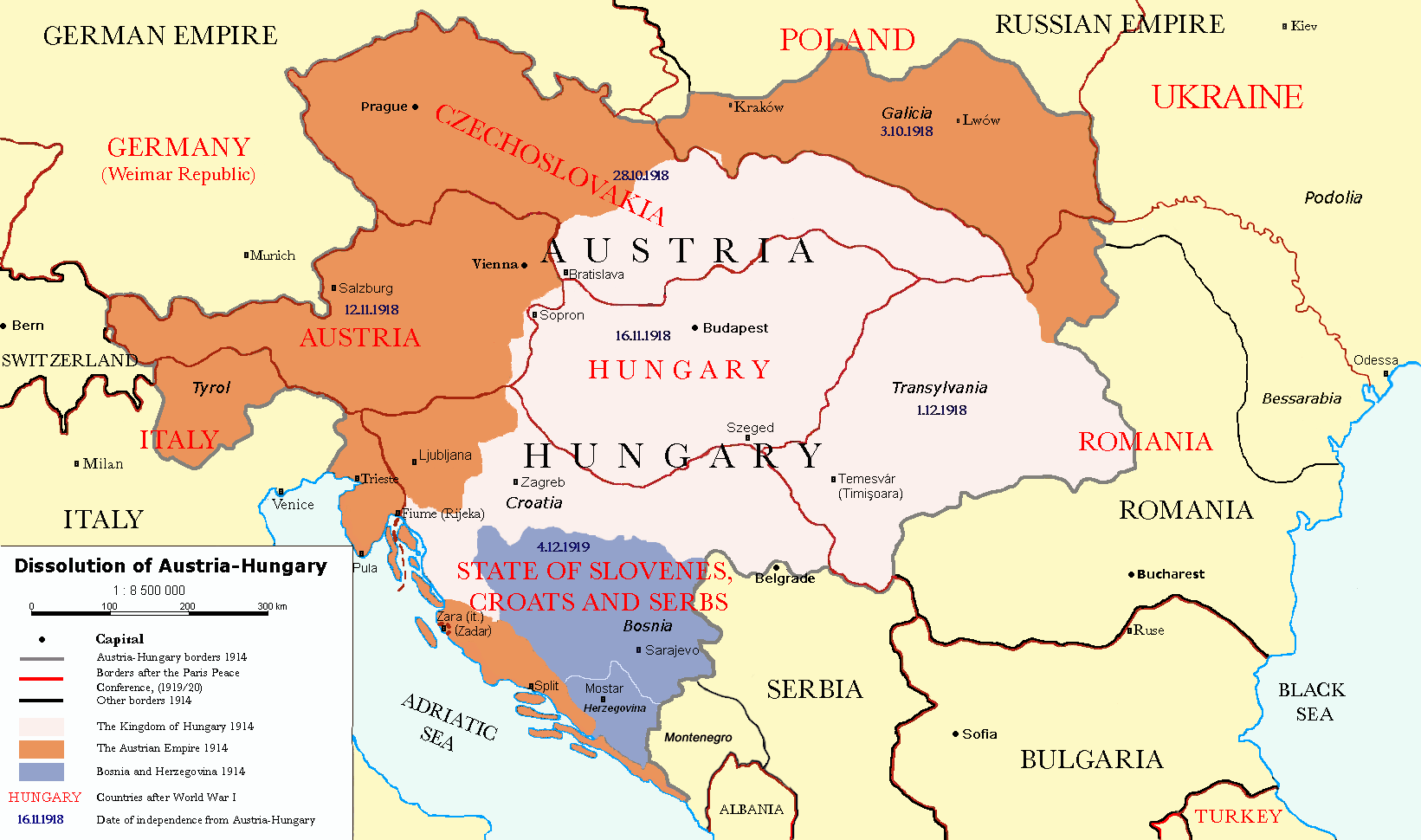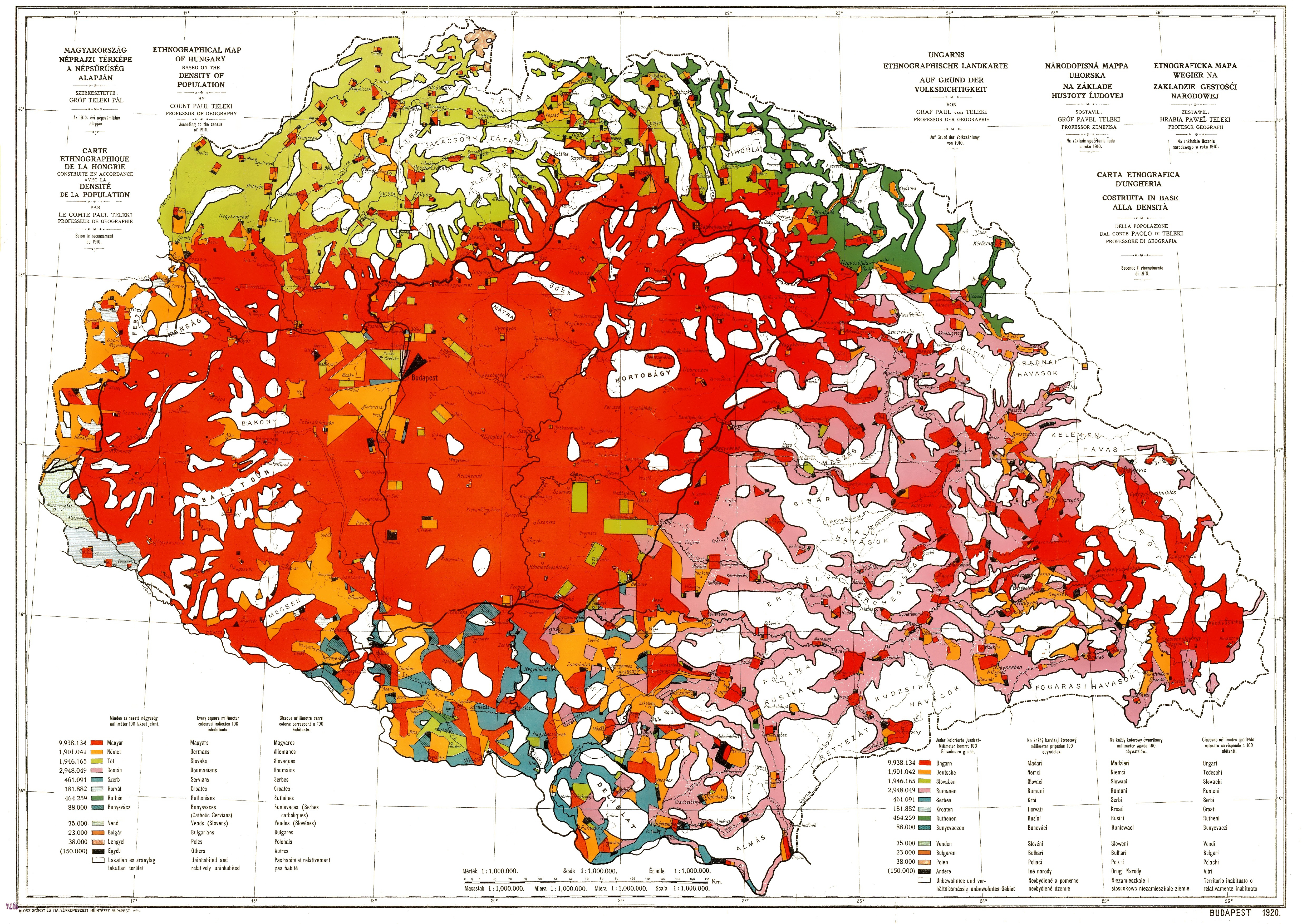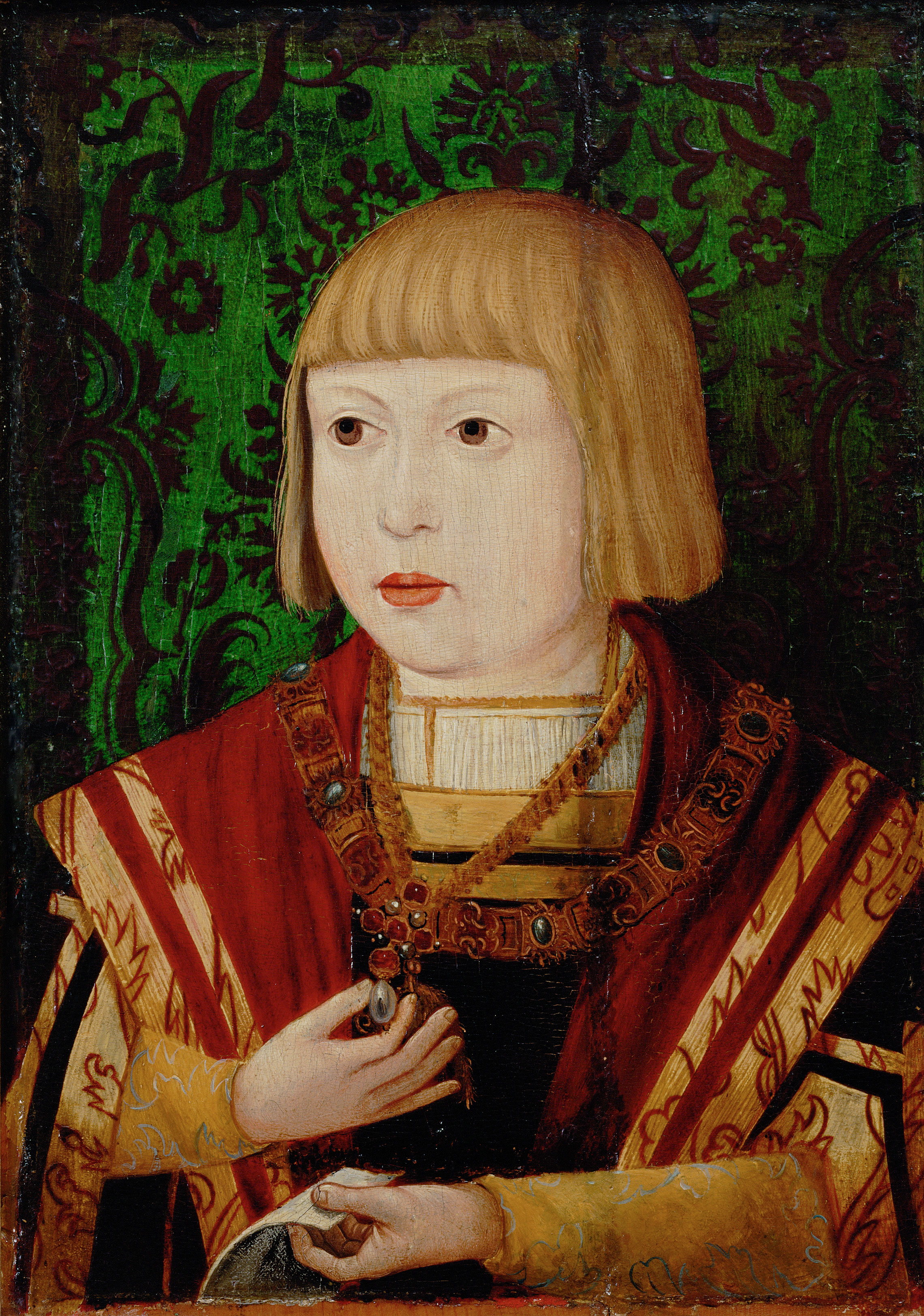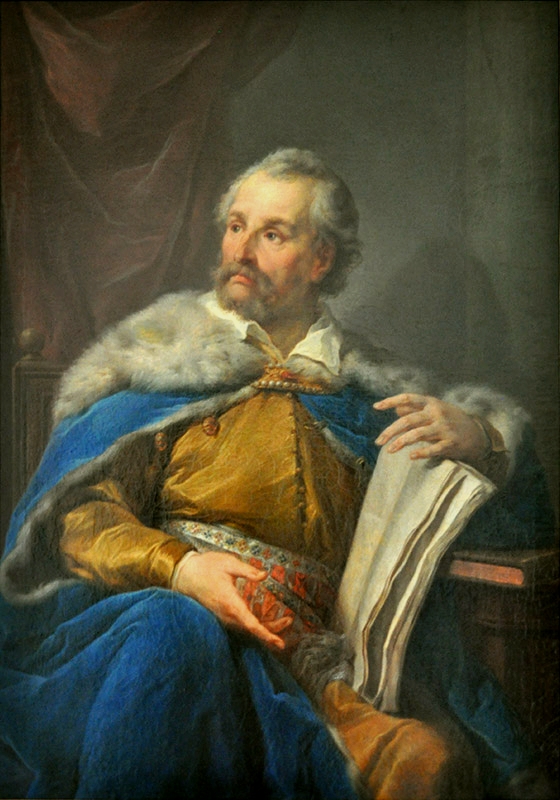|
Güssing - Pfarrkirche
Güssing (; , ) is a town in Burgenland, Austria. It is located at , with a population of 3,610 (2023), and is the administrative center of the Güssing district. For centuries the town occupied an important position on the western edge of the Kingdom of Hungary. The town is now most famous for its castle, which is the oldest in Burgenland and a prominent regional landmark, built on an extinct volcano. History Overview The origins of Güssing date back to 1157, with the construction of the castle alongside a small settlement nearby. By 1355, Güssing had been granted special rights by Louis IV. During the Middle Ages, religion, art and crafts were of great importance. As a border town, Güssing was fortified in order to repel attacks from what is now Hungary. Despite the threat of invasion Güssing prospered, with residents of the town at the time including the Artois botanist Carolus Clusius, and Johann Manlius, a typographer. There is an homage to Clusius in the town, as well ... [...More Info...] [...Related Items...] OR: [Wikipedia] [Google] [Baidu] |
Municipality (Austria)
In the Republic of Austria, the municipality (, sometimes also ) is the administrative division encompassing a single village, town, or city. The municipality has municipal corporation, corporate status and local self-government on the basis of parliamentary democracy, parliamentary-style representative democracy: a municipal council () elected through a form of party-list proportional representation, party-list system enacts municipal laws, a municipal executive board () and a mayor (, grammatical gender, fem. ) appointed by the council are in charge of municipal administration. Austria is currently (January 1, 2020) partitioned into 2,095 municipalities, ranging in population from about fifty (the village of Gramais in Tyrol (state), Tyrol) to almost two million (the city of Vienna). There is no unincorporated area, unincorporated territory in Austria. Basics The existence of municipalities and their role as carriers of the right to self-administration are guaranteed by the ... [...More Info...] [...Related Items...] OR: [Wikipedia] [Google] [Baidu] |
Carolus Clusius
Charles de l'Écluse, L'Escluse, or Carolus Clusius (19 February 1526 – 4 April 1609), seigneur de Watènes, was an Artois doctor and pioneering botanist, perhaps the most influential of all 16th-century scientific horticulturists. Life Clusius was born Charles de l' Écluse in 1526, in Arras (Dutch ''Atrecht''), then in the County of Artois, Spanish Netherlands, now northern France (Hauts-de-France). At the urging of his father, who wanted him to enter the law, he commenced his studies in Latin and Greek at Louvain, followed by civil law. His father then gave him some money to move to Marburg to further his legal studies, but after eight months when his mentor moved away from Marburg he switched to theology, initially at Marburg and then on the suggestion of one of his professors at Wittenberg, where he also began a study of philosophy. Even at Marburg he had also developed an interest in plants that he continued in Wittenberg. Aware of the emerging study of botany, he ... [...More Info...] [...Related Items...] OR: [Wikipedia] [Google] [Baidu] |
Treaty Of Saint-Germain-en-Laye (1919)
The Treaty of Saint-Germain-en-Laye () was signed on 10 September 1919 by the victorious Allies of World War I on the one hand and by the Republic of German-Austria on the other. Like the Treaty of Trianon with Kingdom of Hungary (1920–1946), Hungary and the Treaty of Versailles with the Weimar Republic, it contained the Covenant of the League of Nations, Covenant of the League of Nations and as a result was not ratified by the United States but was followed by the US–Austrian Peace Treaty (1921), US–Austrian Peace Treaty of 1921. The treaty signing ceremony took place at the Château de Saint-Germain-en-Laye. Background As a preamble, on 21 October 1918, 208 German-speaking delegates of the Austrian Imperial Council (Austria), Imperial Council had convened in a "provisional national assembly of German-Austria" at the Palais Niederösterreich, Lower Austrian Landtag. When the collapse of the Austro-Hungarian Army culminated at the Battle of Vittorio Veneto, the Social D ... [...More Info...] [...Related Items...] OR: [Wikipedia] [Google] [Baidu] |
First World War
World War I or the First World War (28 July 1914 – 11 November 1918), also known as the Great War, was a World war, global conflict between two coalitions: the Allies of World War I, Allies (or Entente) and the Central Powers. Fighting took place mainly in European theatre of World War I, Europe and the Middle Eastern theatre of World War I, Middle East, as well as in parts of African theatre of World War I, Africa and the Asian and Pacific theatre of World War I, Asia-Pacific, and in Europe was characterised by trench warfare; the widespread use of Artillery of World War I, artillery, machine guns, and Chemical weapons in World War I, chemical weapons (gas); and the introductions of Tanks in World War I, tanks and Aviation in World War I, aircraft. World War I was one of the List of wars by death toll, deadliest conflicts in history, resulting in an estimated World War I casualties, 10 million military dead and more than 20 million wounded, plus some 10 million civilian de ... [...More Info...] [...Related Items...] OR: [Wikipedia] [Google] [Baidu] |
Magyarization
Magyarization ( , also Hungarianization; ), after "Magyar"—the Hungarian autonym—was an assimilation or acculturation process by which non-Hungarian nationals living in the Kingdom of Hungary, then part of the Austro-Hungarian Empire, adopted the Hungarian national identity and language in the period between the Compromise of 1867 and Austria-Hungary's dissolution in 1918. Magyarization occurred both voluntarily and as a result of social pressure, and was mandated in certain respects by specific government policies. Before World War I, only three European countries declared ethnic minority rights, and enacted minority-protecting laws: the first was Hungary (1849 and 1868), the second was Austria (1867), and the third was Belgium (1898). In contrast, the legal systems of other pre-WW1 era European countries did not allow the use of European minority languages in primary schools, in cultural institutions, in offices of public administration and at the legal courts. Magyar ... [...More Info...] [...Related Items...] OR: [Wikipedia] [Google] [Baidu] |
Ferdinand I, Holy Roman Emperor
Ferdinand I (10 March 1503 – 25 July 1564) was Holy Roman Emperor from 1556, King of Bohemia, King of Hungary, Hungary, and List of rulers of Croatia, Croatia from 1526, and Archduke of Austria from 1521 until his death in 1564.Milan Kruhek: Cetin, grad izbornog sabora Kraljevine Hrvatske 1527, Karlovačka Županija, 1997, Karslovac Before his accession as emperor, he ruled the Erblande, Austrian hereditary lands of the House of Habsburg in the name of his elder brother, Charles V, Holy Roman Emperor. Also, he often served as Charles' representative in the Holy Roman Empire and developed encouraging relationships with German princes. In addition, Ferdinand also developed valuable relationships with the German banking house of Jakob Fugger and the Catalan bank, Banca Palenzuela Levi Kahana. The key events during his reign were the conflict with the Ottoman Empire, which in the 1520s began a great advance into Central Europe, and the Protestant Reformation, which resulted in s ... [...More Info...] [...Related Items...] OR: [Wikipedia] [Google] [Baidu] |
Magnate
The term magnate, from the late Latin ''magnas'', a great man, itself from Latin ''magnus'', "great", means a man from the higher nobility, a man who belongs to the high office-holders or a man in a high social position, by birth, wealth or other qualities in Western Christian countries since the medieval period. It also includes the members of the higher clergy, such as bishops, archbishops and cardinals. In reference to the medieval, the term is often used to distinguish higher territorial landowners and warlords, such as counts, earls, dukes, and territorial-princes from the baronage. In Poland the ''szlachta'' (nobles) constituted one of the largest proportions of the population (around 10-12%) and 'magnat' refers to the richest nobles, or nobles of the nobility - even though they had equal voting rights in Poland's electoral monarchy. England In England, the magnate class went through a change in the later Middle Ages. It had previously consisted of all tenants-in-chie ... [...More Info...] [...Related Items...] OR: [Wikipedia] [Google] [Baidu] |
Batthyány
The House of Batthyány () is an ancient and distinguished Hungarian noble magnate family. The Head of the family bears the title Prince (Fürst) of Batthyány-Strattmann, while other members of this family bear the title Count/Countess ( Graf/Gräfin) Batthyány von Német-Ujvar respectively. A branch of the family () was notable in Bosnia and Croatia as well, producing several Bans (viceroys) of Jajce in the 15th and 16th century and later Bans of Croatia in the 16th, 17th and 18th century. History The Batthyány family can trace its roots to the founding of Hungary in 896 CE by Árpád. The family derives from a chieftain called Örs. Árpád had seven chieftains, one by the name of Örs, which later became Kővágó-Örs. In 1398, Miklós Kővágó-Örs married Katalin Battyány. King Zsigmond (Sigismund) gave Miklós the region around the town of Battyán (now called Szabadbattyán) and he took the name Batthyány (lit. "from Battyán"). The family were first mentione ... [...More Info...] [...Related Items...] OR: [Wikipedia] [Google] [Baidu] |
German Language
German (, ) is a West Germanic language in the Indo-European language family, mainly spoken in Western Europe, Western and Central Europe. It is the majority and Official language, official (or co-official) language in Germany, Austria, Switzerland, and Liechtenstein. It is also an official language of Luxembourg, German-speaking Community of Belgium, Belgium and the Italian autonomous province of South Tyrol, as well as a recognized national language in Namibia. There are also notable German-speaking communities in other parts of Europe, including: Poland (Upper Silesia), the Czech Republic (North Bohemia), Denmark (South Jutland County, North Schleswig), Slovakia (Krahule), Germans of Romania, Romania, Hungary (Sopron), and France (European Collectivity of Alsace, Alsace). Overseas, sizeable communities of German-speakers are found in the Americas. German is one of the global language system, major languages of the world, with nearly 80 million native speakers and over 130 mi ... [...More Info...] [...Related Items...] OR: [Wikipedia] [Google] [Baidu] |
Hungary
Hungary is a landlocked country in Central Europe. Spanning much of the Pannonian Basin, Carpathian Basin, it is bordered by Slovakia to the north, Ukraine to the northeast, Romania to the east and southeast, Serbia to the south, Croatia and Slovenia to the southwest, and Austria to the west. Hungary lies within the drainage basin of the Danube, Danube River and is dominated by great lowland plains. It has a population of 9.6 million, consisting mostly of ethnic Hungarians, Hungarians (Magyars) and a significant Romani people in Hungary, Romani minority. Hungarian language, Hungarian is the Languages of Hungary, official language, and among Languages of Europe, the few in Europe outside the Indo-European languages, Indo-European family. Budapest is the country's capital and List of cities and towns of Hungary, largest city, and the dominant cultural and economic centre. Prior to the foundation of the Hungarian state, various peoples settled in the territory of present-day Hun ... [...More Info...] [...Related Items...] OR: [Wikipedia] [Google] [Baidu] |
Kőszeg
Kőszeg (; ; ; ; ) is a town in Vas County, Hungary. The town is known for its historical character. History Medieval Period The origins of the only free royal town in the historical garrison county of Vas (Eisenburg) go back to the third quarter of the thirteenth century. It was founded by the Kőszegi family, a branch of the Héder (genus), Héder clan, who had settled in Hungary in 1157 AD. Sometime before 1274 Henry I Kőszegi, Henry I and his son Ivan Kőszegi, Ivan moved the court of the Kőszegi, a breakaway branch of the family, from Güssing to Kőszeg (Güns). For decades, the town was the seat of the lords of Kőszeg (Güns). Only in 1327 did Charles Robert of Anjou finally break the power of the Kőszegi family in Western Transdanubia, and a year later, in (1328), elevated the town to royal status. The town boundaries were fixed during the County of Anjou, Anjou dynasty (1347–1381). In 1392 the royal town became a fiefdom, when the Palatinate Nicolas Garai repaid ... [...More Info...] [...Related Items...] OR: [Wikipedia] [Google] [Baidu] |
Drašković Family
The House of Drašković (English: ''Draskovich''), is a prominent Croatian noble family, supposedly descended from an old Croatian noble tribe of Kršelac, Stupić or Poletčić, while others considered the Mogorović family but it is less likely because they had a different coat of arms. History There is no reliable data on the family before the 15th century. The first reliable information is provided by three documents written in Glagolitic alphabet in 1490 (mentioning "35 noblemen of the Drašković family" from 18 families), kept at the Budapest National Archives. In the 15th century, they owned an estate of Zažično in the Buška ''župa'' in Lika, and at Bilina near Knin in Dalmatia, which is why Bartol, who started the family's noble line, was in a document from 1520, referred to as ''"Kninjanin"'' ("from Knin"). His son Juraj was born in Bilina in 1525. In the first half of the 16th century, due to the Turkish threat, Bartol moved to the Kupa river valley in Croa ... [...More Info...] [...Related Items...] OR: [Wikipedia] [Google] [Baidu] |






